Nyotaimori, often known as “body sushi,” is a distinctive eating experience that fuses the human form with the artistic presentation of sushi. This Japanese custom, which has spread to many other countries, captivates guests with its fusion of heritage, culinary expertise, and a hint of sensuality. For those seeking an experience beyond the usual, nyotaimori has become a sought-after destination in cities such as Las Vegas, which is renowned for its acceptance of the extravagant and the opulent.
This fascinating custom involves more than just eating sushi off a nude body; it’s a complicated affair that calls for careful planning, a great deal of respect for the models, and diners to follow certain protocols. With meticulous attention to detail, nyotaimori is a gastronomic trip that is both unforgettable and respectful of its cultural heritage.
We want to shed light on the etiquette surrounding nyotaimori, provide guidelines for those interested in attending, and examine the careful planning that goes into these gatherings. We hope that our discussion of the relationship between art, tradition, and culinary skill will help readers to understand nyotaimori as a singular combination of culinary creativity and cultural artistry. Come along as we unravel the mysteries around the consumption of sushi off a nude body, illuminating a practice that is as elegant and dignified as it is aesthetically pleasing and delicious.

Understanding Nyotaimori
Nyotaimori, often known as “body sushi,” is a custom in Japan when a woman serves sashimi or sushi off of her nude body. This custom originated in samurai culture, when it was considered a way to celebrate a successful war by fusing the culinary expertise of Japan with the joy of victory. The word itself emphasizes the elaborate and considerate arrangement of food on the human form by combining “nyotai,” which means feminine body, with “mori,” which means to arrange. Contrary to popular belief, nyotaimori is not just an eating experience but also a symbolic exchange that honors the beauty of the human body and the craft of sushi making.
The Cultural Journey from Japan to Las Vegas
From its beginnings, Nyotaimori has spread far, both culturally and geographically. Even in Japan, nyotaimori is still a minority tradition that is sometimes controversial because of its innate sexiness. However, because of the West’s interest with Japanese culture, nyotaimori has been reinterpreted and adopted, especially in areas like Las Vegas. In order to cater to a customer ready for distinctive and premium experiences, the technique has been adapted and integrated into the luxury dining and entertainment sectors in this instance. Known for embracing the ostentatious and sensual, Las Vegas has emerged as a center for nyotaimori events, redefining the custom as a synthesis of Vegas spectacle and Japanese culinary skill.
The Art and Aesthetics Involved in Nyotaimori Presentations
The skill of both the model and the chef is required for the precise preparation of nyotaimori. The model becomes a live painting, representing the fleeting beauty of the food presented on them, as they are frequently trained to lie still for hours at a time. Expert sushi and sashimi chefs take considerable care in choosing the best ingredients and carefully arranging each piece to maximize the dish’s taste profile and visual attractiveness. Food is arranged to frequently mirror the organic contours of the body, resulting in a beautiful fusion of culinary art and human form. Carefully regulated lighting, temperature, and surroundings protect the food’s purity and the model’s comfort, demonstrating the profound regard for the human body that is inherent in nyotaimori as well as the art of producing sushi. By fusing art and aesthetics, the eating experience is elevated and visitors are encouraged to appreciate the beauty and talent of this special culinary heritage.
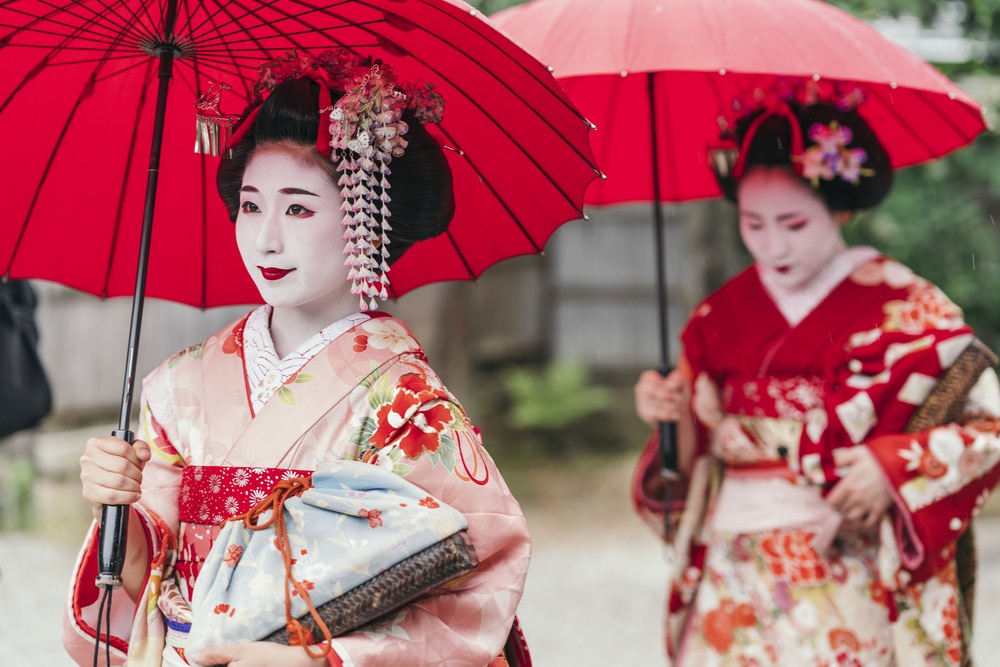
Preparing for a Nyotaimori Experience
The arduous procedure of choosing models for nyotaimori takes into account both an individual’s physical attractiveness and their capacity to remain composed and poised for extended periods of time. In order to maintain the sushi’s flawless condition as diners choose their pieces, models are frequently instructed to lie still. Models go through rigorous grooming procedures in advance of the event, including as showering with antibacterial soap and making sure their bodies are free of all lotions, perfumes, and other materials that can contaminate or alter the safety or flavor of the sushi. In addition, models are occasionally decorated with flowers or leaves that are positioned purposefully to enhance the presentation’s aesthetic appeal while maintaining modesty.
To keep the highest levels of hygienic practices and manners, models for nyotaimori are required to adhere to stringent criteria. They will receive instruction on how to arrange themselves to best present the sushi and make it simple for customers to enter. They are advised to move as little as possible during the event, and they frequently get pointers on how to be relaxed and collected. Models must follow strict hygiene guidelines; they cannot have open wounds or skin disorders, and their hair must be covered or firmly pulled back. In order to keep the attention on the art and food, models are usually instructed to remain a professional distance from the diners and refrain from speaking or interacting.
Chefs are essential to nyotaimori because of their skill in presenting the best possible sushi. Fish is carefully chosen; to ensure freshness, it is frequently purchased straight from markets or from reliable vendors. Chefs strive for a presentation that is both delicious and visually appealing, taking into account both the flavor and artistic merit of each dish. Beyond just creating typical sushi, chefs preparing nyotaimori must take into account how the food will fit on a human body, choosing pieces that will fit neatly and be simple for customers to pick up. Since the sushi is typically made just before the event, every piece is guaranteed to be perfectly fresh and at the right temperature for ingestion. The practice of nyotaimori calls for a masterful fusion of artistic presentation and culinary expertise, with chefs intimately collaborating with models to produce a genuinely unforgettable eating experience.

Etiquette and Protocols
It is expected of visitors to adhere to certain etiquette in order to preserve the dignity and seamless operation of the nyotaimori ceremony. These are a few important dos and don’ts:
- Do: Pick sushi off the model’s body using chopsticks. It is not recommended to make direct touch with the skin in order to respect the model’s personal space and uphold cleanliness.
- Do: Treat the food and the model with decency. Recall that the model is a professional playing their part, even in an unusual location.
- Don’t: Talk or touch the model excessively. Personal boundaries should constantly be respected, and interactions should be restricted to the dining environment.
- Don’t: Take pictures or recordings without the model’s or event organizer’s express consent. In these environments, discretion and decency are critical.
Nyotaimori is a discipline that combines creativity, respect, and tradition; it’s more than just eating. It is important to acknowledge the model’s function as an artist and an integral component of the process. They are much than just “objects”; they are artists showcasing sushi technique in a vulnerable and distinctive way.
Furthermore, appreciating nyotaimori’s cultural origins deepens one’s knowledge of the occasion. This ancient Japanese tradition has a rich history and a very elegant and meaningful legacy. Guests recognize the richness of culture that nyotaimori contributes to the culinary world by showing respect for the models and the tradition.
How Guests Can Enhance Their Experience by Adhering to Etiquette
Etiquette not only demonstrates decency but also greatly enhances the eating experience. Here’s how to do it:
- Engagement: Guests may truly appreciate the beauty and work that go into the production of both the model and the sushi by mindfully participating with the experience.
- Appreciation: Beyond its obvious novelty, guests can enjoy nyotaimori by realizing the creative devotion and cultural significance involved.
- Atmosphere: The ambiance of an event may be created that fosters a shared sense of appreciation and awe by keeping everyone comfortable and respectable.
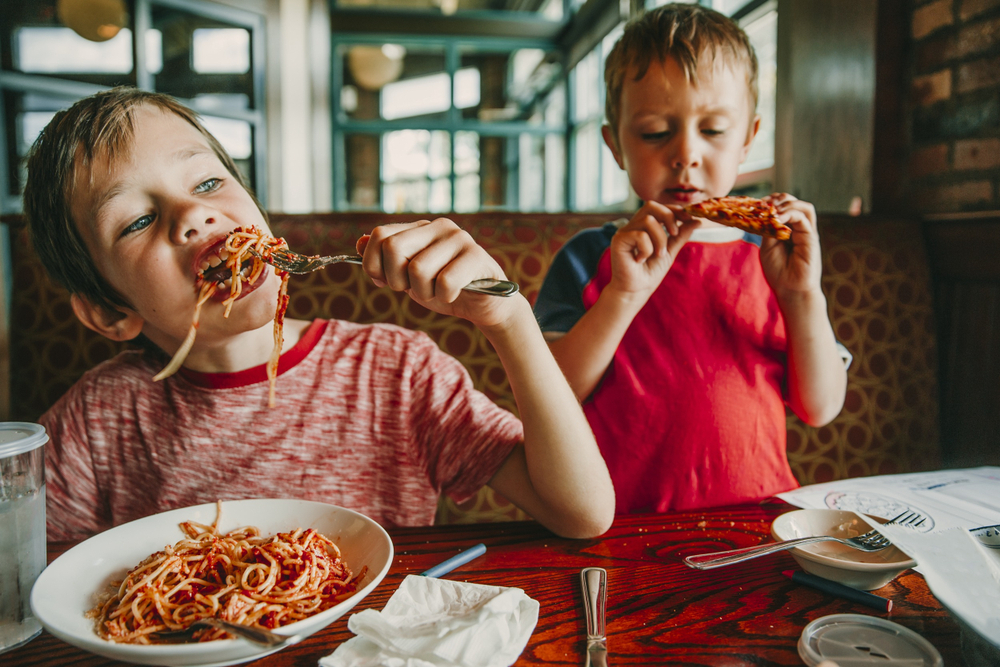
What to Expect During the Experience
Attending a nyotaimori event exposes attendees to a distinctive and deeply traditional culinary experience. A closer look at what to anticipate from the time you arrive to the end of this incredible eating experience is provided here.
The host or event facilitator welcomes attendees upon their arrival and serves as a vital role model for the duration of the evening. The environment is intended to honor the art form, and it frequently reflects a harmony between intimacy and elegance. To establish the tone for a polite and educational dinner experience, guests may be given a brief introduction to the history and etiquette of nyotaimori.
When the big show starts, all eyes in the room are on the nyotaimori model, who is often arranged on a table with artfully arranged sashimi and sushi. This presentation measures the chef’s ability to produce an eye-catching arrangement that accentuates the model’s shape in addition to their culinary prowess. The live artwork at the center of the experience is embodied by the model, who stands still with poise and respect.
In order to minimize touch and show respect for the model’s personal space, diners are urged to approach the model and choose sushi straight from the presentation. They should use chopsticks for this. It’s a moment when diners must manage the particular dynamics of choosing food from a human plate, which calls for attentiveness and propriety. The essence of the nyotaimori experience lies in this interaction, which combines the novelty of sushi’s presentation with its visual and gastronomic appeal.
The host or facilitator is crucial in helping attendees navigate the experience during the whole event. They explain the many kinds of sushi that are provided, impart knowledge about the cultural importance of nyotaimori, and make sure that everyone follows the rules of politeness. Their presence ensures that everyone’s experience is pleasant, courteous, and unforgettable by bridging the gap between the traditional elements of nyotaimori and its contemporary adaptations.
The nyotaimori exhibition comes to an end as the evening comes to an end, the model quits the scene with grace, and the presentation comes to an end. Closing words might be made by the host or facilitator, who would discuss the significance of the evening and express gratitude to the attendees for their participation and adherence to tradition. It’s an occasion to celebrate the shared cultural trip, the food, and the art that the visitors have contributed.
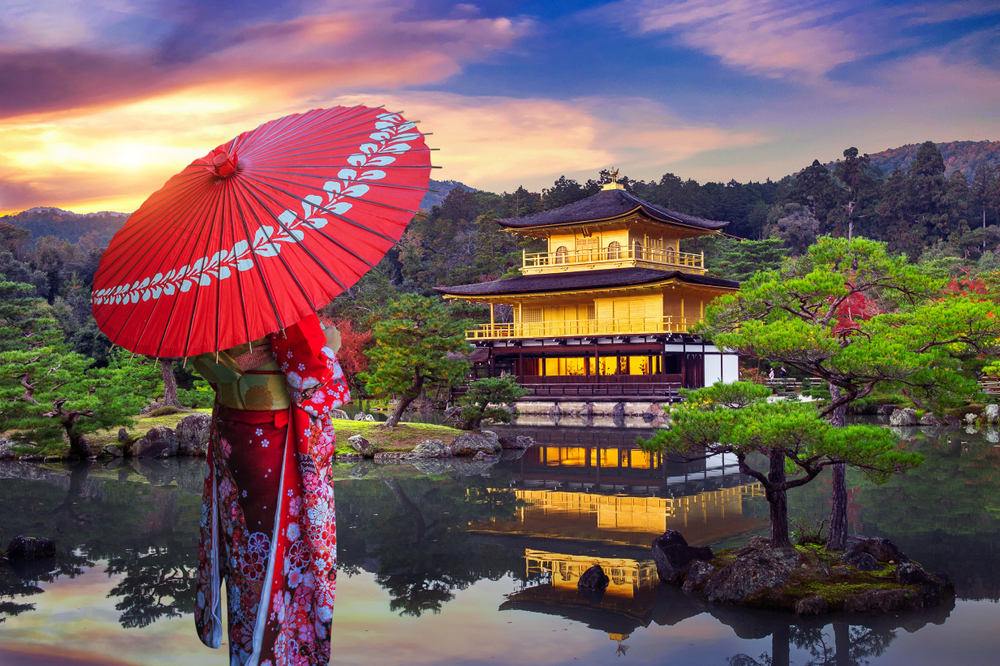
The Artistic and Culinary Blend
Nyotaimori is more than just a traditional dining experience; it’s a tasteful fusion of culinary expertise and body art. This distinctive custom, which has its roots in Japanese culture, showcases food, particularly sushi, in a way that is both aesthetically pleasing and culturally noteworthy. By using sushi as a medium for creative expression and the human body as the canvas, the practice transforms eating into an artistic endeavor.
The secret of nyotaimori is its ability to combine two very different kinds of art: the artistic presentation of the human form with the culinary expertise needed to create sushi of the highest caliber. The chefs that prepare sushi, known as itamae, are entrusted with producing dishes that are visually stunning as well as having outstanding flavor. Sushi is meticulously chosen, with consideration given to its color, shape, and arrangement to accentuate the model’s natural curves and features, resulting in a visually captivating and dynamic tableau.
Nyotaimori heavily relies on symbolism. Sushi is arranged with purpose; it is a reflection of harmony, balance, and aesthetics. For example, the selection of hues and textures might imply certain feelings or seasonal themes. Vibrantly colored fish, such as salmon (sake) or tuna (maguro), can be utilized to contrast with the model’s skin tone, and the addition of plants or flowers can evoke a sense of natural beauty and symbolize regeneration or purity.
The model, whose existence is essential to the nyotaimori experience, is likewise subject to aesthetic concerns. The model is instructed to maintain stances that accentuate the sushi’s visual attractiveness and to maintain composure and dignity during the event, making them more than just a mere “plate” but active participants in the art form. This regard for the model sets nyotaimori apart from simple novelty and emphasizes the value of dignity and artistry.
Events known as nyotaimori might differ significantly depending on the situation, environment, or particular creative intent. Some people could follow the strict guidelines of traditional Japanese aesthetics, emphasizing simplicity and the inherent beauty of the components. Others could add more modern or themed components, including employing certain color palettes to coordinate with special occasions or business brands. The presentation style can also be influenced by the venue selection, which can range from exclusive Las Vegas restaurants to private parties. This allows for more formal or informal interpretations of nyotaimori.
These variants demonstrate nyotaimori’s adaptability and creative potential, demonstrating that it may change and grow while maintaining its traditional origins. The elegance and complexity of Japanese culinary and artistic traditions are still demonstrated by nyotaimori, whether it is enjoyed in a more private setting or in a busy Las Vegas venue.
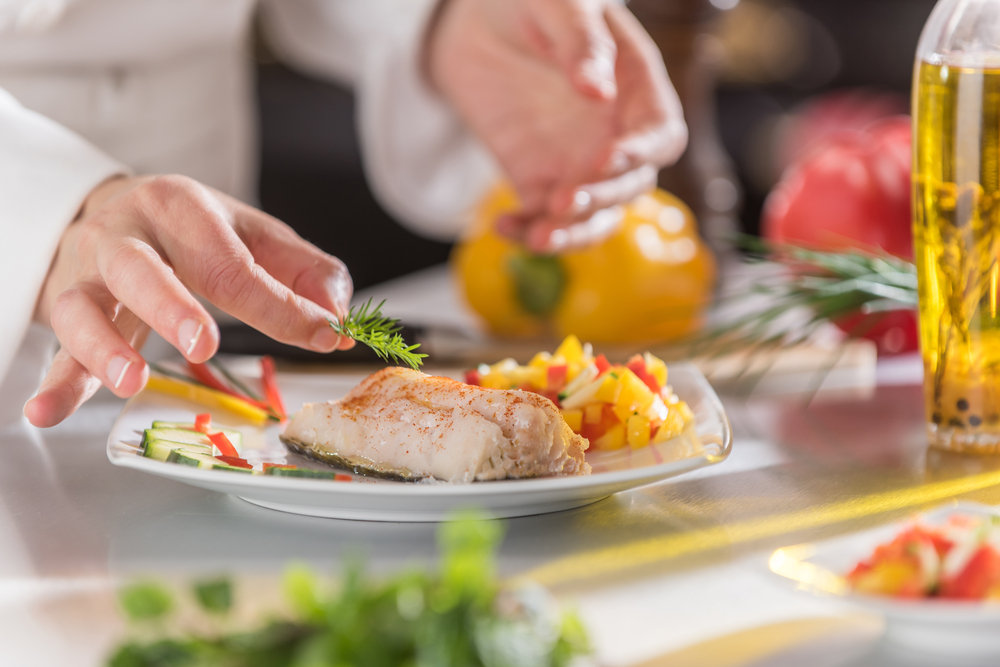
The Artistic and Culinary Blend
Nyotaimori is more than just a traditional dining experience; it’s a tasteful fusion of culinary expertise and body art. This distinctive custom, which has its roots in Japanese culture, showcases food, particularly sushi, in a way that is both aesthetically pleasing and culturally noteworthy. By using sushi as a medium for creative expression and the human body as the canvas, the practice transforms eating into an artistic endeavor.
The secret of nyotaimori is its ability to combine two very different kinds of art: the artistic presentation of the human form with the culinary expertise needed to create sushi of the highest caliber. The chefs that prepare sushi, known as itamae, are entrusted with producing dishes that are visually stunning as well as having outstanding flavor. Sushi is meticulously chosen, with consideration given to its color, shape, and arrangement to accentuate the model’s natural curves and features, resulting in a visually captivating and dynamic tableau.
Nyotaimori heavily relies on symbolism. Sushi is arranged with purpose; it is a reflection of harmony, balance, and aesthetics. For example, the selection of hues and textures might imply certain feelings or seasonal themes. Vibrantly colored fish, such as salmon (sake) or tuna (maguro), can be utilized to contrast with the model’s skin tone, and the addition of plants or flowers can evoke a sense of natural beauty and symbolize regeneration or purity.
The model, whose existence is essential to the nyotaimori experience, is likewise subject to aesthetic concerns. The model is instructed to maintain stances that accentuate the sushi’s visual attractiveness and to maintain composure and dignity during the event, making them more than just a mere “plate” but active participants in the art form. This regard for the model sets nyotaimori apart from simple novelty and emphasizes the value of dignity and artistry.
Events known as nyotaimori might differ significantly depending on the situation, environment, or particular creative intent. Some people could follow the strict guidelines of traditional Japanese aesthetics, emphasizing simplicity and the inherent beauty of the components. Others could add more modern or themed components, including employing certain color palettes to coordinate with special occasions or business brands. The presentation style can also be influenced by the venue selection, which can range from exclusive Las Vegas restaurants to private parties. This allows for more formal or informal interpretations of nyotaimori.
These variants highlight the adaptability and artistic potential of nyotaimori, demonstrating that it may change and grow while maintaining its traditional origins. Nyotaimori is still a monument to the elegance and complexity of Japanese culinary and artistic traditions, whether it is enjoyed in a more private setting or in a busy Las Vegas arena.
Nyotaimori turns eating into an immersive cultural experience by bridging the intriguing gap between ancient art forms and contemporary culinary encounters. Its origins, which are firmly ingrained in Japanese society, provide an insight into the complex love of nature and beauty that is part of Japanese identity. This technique demonstrates the persistent human curiosity with combining senses, in this case taste and sight. It may seem avant-garde or even provocative to some.
Beyond Japan’s boundaries, especially in cities as dynamic and varied as Las Vegas, nyotaimori is leaving its imprint through a modern take that honors its heritage while catering to a worldwide palette. The progression of a customary Japanese practice into a worldwide eating sensation highlights the shared yearning for exceptional and unforgettable food encounters.
To appreciate nyotaimori as a culinary heritage and an art form, one must approach it with an open mind. It challenges traditions and fosters a greater appreciation for the fusion of many art forms by inviting diners to consider the human body as an element of creative expression in addition to appreciating the talent required in preparing sushi. In order to show respect for the origins of nyotaimori, one must recognize its cultural value and make sure that the models’ professionalism and dignity, as well as the chefs’ skill, are upheld in the practice.
Experiencing nyotaimori means entering a world where food is more than just a means of subsistence; it’s an integral part of a performance that honors human ingenuity and cultural legacy. It provides a unique chance to interact with food in a way that transcends taste and sparks discussions about tradition, aesthetics, and the limits of culinary creativity. Nyotaimori is one of the most distinctive eating experiences that can be found for anyone looking to expand their palates; it promises to be both delicious and thought-provoking.

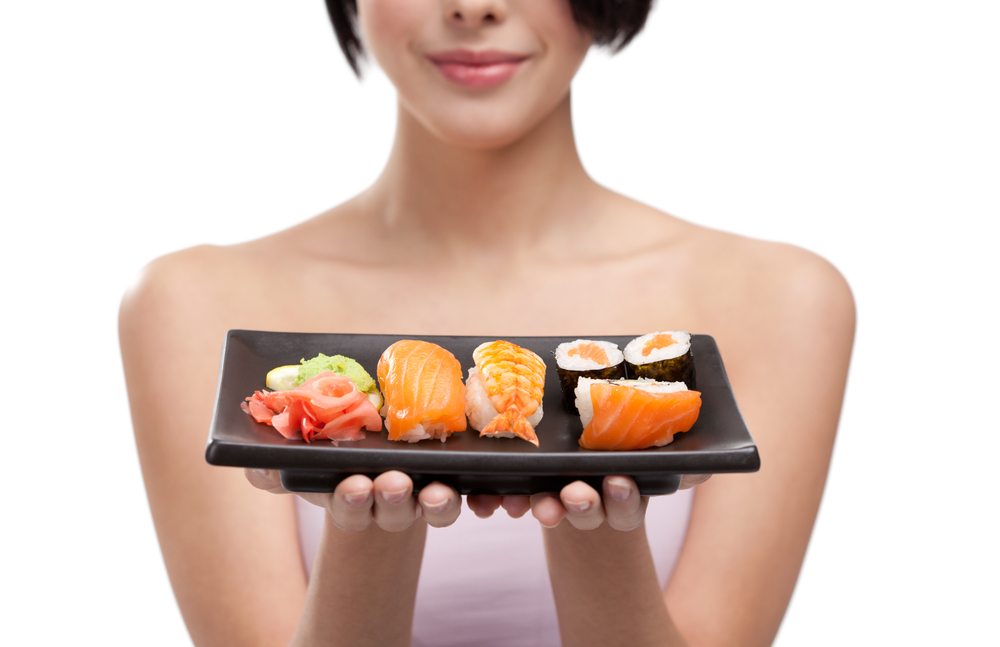

Recent Comments